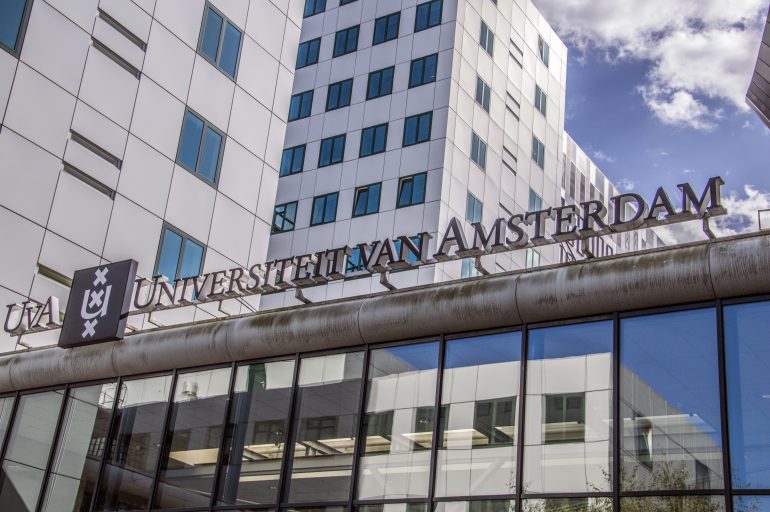This year, for the first time in its history, the University of Amsterdam (UVA) enrolled more than 40,000 students. According to university numbers, there were 39,051 undergraduate and master’s students attending the university last year. That number rose to 41,206 for the 2021/22 academic year, an increase of approximately 6 percent. This trend, according to university administrators, is largely driven by increased international student enrolment.
University leaders are sounding the alarm, arguing that the pattern is negatively impacting the quality of education provided by the institution due to overcrowded classrooms, student housing shortages, overworked professors and overwhelmed employees who simply are too strapped for time and resources to effectively assist students. “We can’t and don’t want to grow anymore,” asserts Geert ten Dam, Chair of the university’s board.
Over the past few years, the Netherlands has become a popular destination for international students due to the widespread availability of university programs taught in English, low tuition fees and the attractiveness of Amsterdam as a destination. “At the University of Amsterdam, we offer high-quality instruction, a Dutch- and English-language curriculum, a relatively low tuition fee for students from the EU and the city of Amsterdam is a magnet for many,”suggests Ten Dam.
Out of this year’s matriculating class of 8126 undergraduates, more than 66 percent – 3,240 in total – come from outside of the Netherlands, an increase of more than 33 percent from the year before. Between the 2020/21 and 2021/22 academic years, on the other hand, the number of Dutch students starting an undergraduate course at the university dropped by approximately 4 percent, with this year’s enrollment numbers topping out at 4,886.
While more and more students from a variety of countries are coming to the Netherlands to pursue a degree, most international undergraduates attending UVA hail from countries within the European Union, with large numbers of students coming from Poland, Romania and Italy. Still, the number of Chinese students beginning an undergraduate course of study at UVA this year increased by 87 percent over last year’s numbers — there are currently 206 first-year undergraduates from China studying at the university. On the other hand, drastically fewer first-year students from Canada and the United States are attending the university this year: enrolment from these two nations dropped by more than 67 percent this year.
The number of master’s students at UVA increased this year as well, although the growth has been more restrained. Newmaster’s enrollments only increased by 2 percent from the 2020/21 to the 2021/22 academic year. This year, 6,845 new master’s students started working towards a degree at the university, of which 1,695 were international students. Last year, in comparison, 1,466 international students matriculated into master’s programs.
The majority of international first-year master’s students registered for the 2021/22 academic year are from the European Union, with this year’s total reaching 1,012. There were also striking increases in the number of students from the United States and China, with first-year enrollment in master’s programs by students from those nations rising by more than 61 and 37 percent, respectively. This year, 114 new master’s students from the United States and 272 from China are attending the university.
According to university leaders, the institution simply cannot withstand any more growth. “The limit has been passed. We need tools from The Hague to address the increase. This won’t stop on its own,” suggests Ten Dam. University leaders have spent the last four years asking the government to address the crisis. Progress on that front, however, stalled with the January fall of the Rutte III cabinet. The university, nevertheless, continues to press for change. “Instruments must finally be put in place to enable us to manage the influx; we also need structural investments in higher education,” argues Ten Dam.
Meanwhile, the university has begun experimenting with ways to limit the explosion of international enrollees, including emphasizing the Dutch nature of the institution by requiring international students to become proficient in Dutch and advising those who cannot find housing in the city to consider attending another institution.
Written by Lorre Luther
